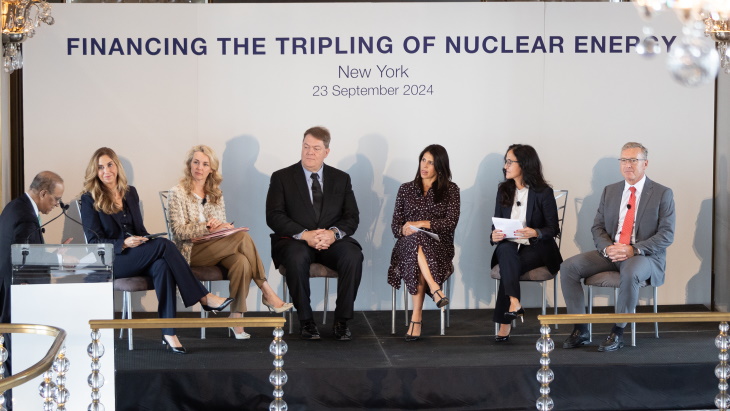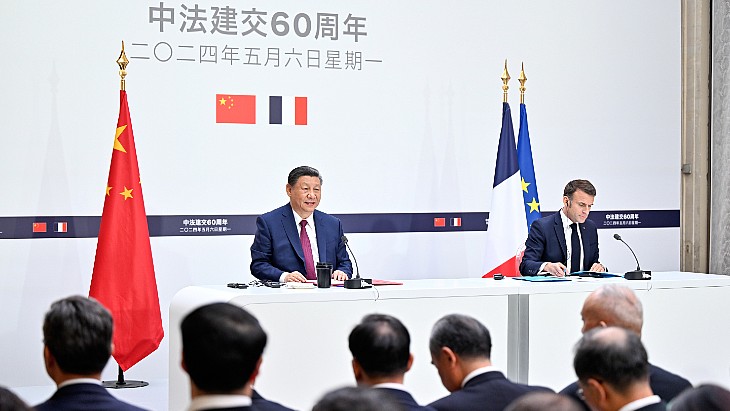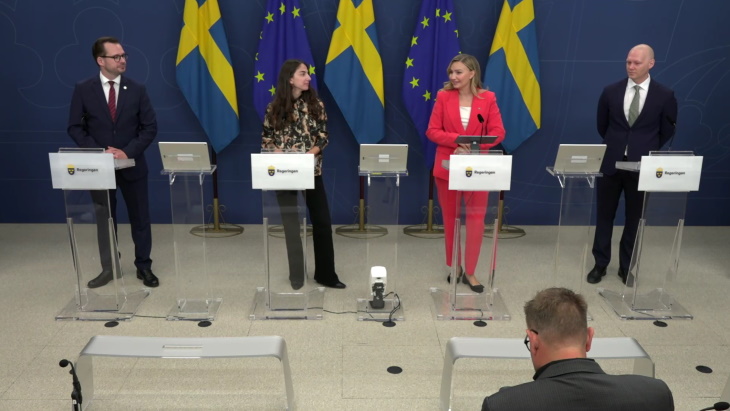UK institute proposes SMR deployment schedule
Small modular reactors (SMRs) could be operating in the UK by 2030 if action is taken to create investor confidence through development of a suitable policy framework, according to a new report by the Energy Technologies Institute (ETI).
The report - entitled Preparing for Deployment of a UK Small Modular Reactor by 2030 - examines the steps that will need to be taken by government, regulators, reactor vendors and operators in a "credible integrated schedule" that would see construction of a first-of-a-kind reactor starting in 2025 with the reactor itself in operation by 2030.
To achieve such a schedule will require government action to create investor confidence through the development of a policy framework to reduce the risks for an SMR developer, particularly during the first five years of the program, the report finds. Enabling roles the government would need to undertake would include promoting early engagement with vendors, enhancing the confidence of private sector investors, and taking steps to limit uncertainty in the investment case.
Report author Mike Middleton said the ETI's analysis shows that it is possible for the UK to have a first-of-a-kind SMR in operation by 2030 if developers, government and regulators work together in an integrated program.
"Creating the right environment for increasing investor confidence is critical if this schedule is to be met; there will be a key role for government in the first five years of any such program to deliver an SMR policy framework which progressively reduces investor risk," he said.
The report also finds that future UK deployment of SMRs should consider their use as combined heat and power (CHP) plants, supplying power to district heating systems, which it says could bring further economic benefits. Due to their smaller size and potentially easier siting than large-scale nuclear plants, SMRs could potentially deliver heat into cities via hot water piplelines and help to decarbonise energy use in buildings. The additional costs of using SMRs for CHP would be small, while the revenues from doing so could potentially be large and bring benefits to both consumers and operators. SMRs should therefore be deployed as "CHP ready" - even if there are no plans in place for district heating systems yet in place.
"UK regulatory assessment through Generic Design Assessment is a big commitment. If SMR designs can combine standardised production in factories with developer options for heat take-off and cooling systems then there are two benefits. Firstly, these options can increase deployment opportunities which can further reduce unit cost; secondly, it is not necessary to reassess the design or reconfigure the factory production process to deliver these options and again this reduces downstream deployment costs," Middleton said.
The ETI study also found a range of sites that could potentially be suitable for the deployment of SMRs, including sites adjacent to existing nuclear power stations and adjacent to current or historic thermal power stations as well as locations not previously used for power generation. "It is important to take a strategic approach to managing potential sites because of the limited number of sites suitable for large reactors in England and Wales," Middleton said.
Last November, the UK government announced plans to invest at least £250 million ($352 million) over the next five years in a nuclear research and development program including a competition to identify the best value SMR design for the UK. The first phase of that competition, a call for initial expressions of interest, was launched in March. It has also announced that an SMR Delivery Roadmap will be published later this year.
The ETI is a public-private partnership between global energy and engineering companies and the UK government, mandated with accelerating the development and deployment of low-carbon technologies in the UK.
Researched and written
by World Nuclear News









_66488.jpg)


